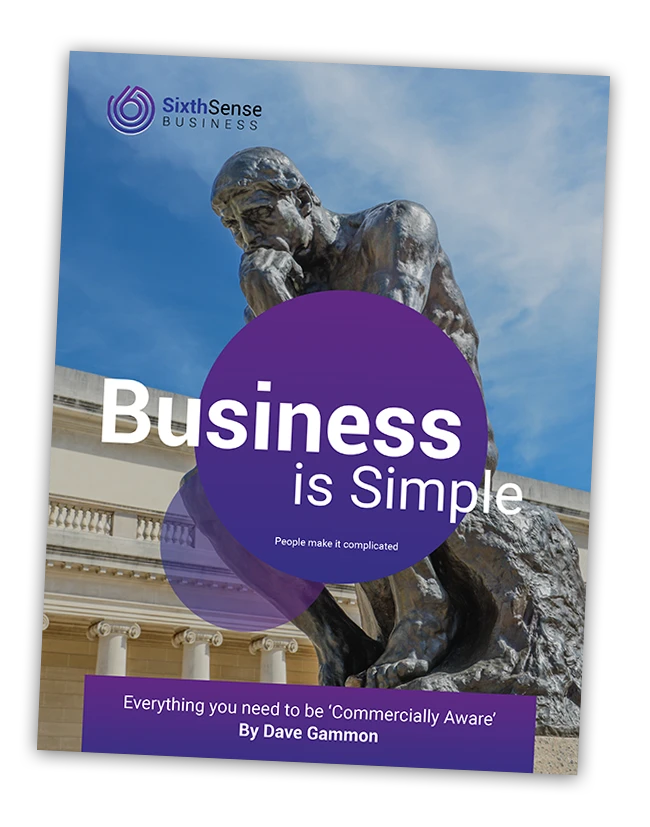A year ago, I ran a survey amongst smaller, medium-sized companies’ owners and managing directors.
One of the questions I asked them was what they would like to see more of from the members of your management team.
These are the things they came up with.
In this short series of videos, we’re going to be looking at each one of them in a little more depth.
Today, we’re exploring how to deal with poor performance.
One of the things that came through in the survey was there was a perception that managers didn’t really deal with performance issues amongst their team members.
Sometimes managers took it upon themselves to shoulder the blows from the owner of the business rather than confront the performance of the individual.
When we’re talking about performance issues, we’re really talking about any aspect of an employee’s role that does not meet the required standard.
And of course, there’s a clue there, which is, have you set and made clear the standards in the first place?
There are basically three types of performance standards in any role.
There’s an activity standard, i.e. how much is an employee supposed to get done of something or at what speed are they supposed to operate.
Secondly, there’s an approach standard, which is more to do with the methodology and how they do their role.
Thirdly, there are attitude standards, which are to do with behaviour, how they show up and how they interact with others…
…and these are often the most difficult to confront in performance conversations.
But one thing is true. If you don’t deal with poor performance, it doesn’t go anywhere.
The problem remains. If you’re not going to deal with it through the employee, then it’s going to stay in your bag.
One of the things I teach in my leadership program is that if your employee isn’t performing, that’s your problem.
There’s a reason why we have a tendency to avoid or defer these types of conversations, and that’s because they feel uncomfortable.
They feel like they have the potential for conflict or social exposure of one or both parties…
…and that makes us uncomfortable as human beings.
But one thing that’s pretty helpful to know here is that most employees have a reasonably good idea when they are or aren’t performing at their best.
Either they’re calibrating their performance against others, or they have some sort of internal, emotional signalling that tells them how they’re doing.
You can use this because the framework I teach for performance review is based on getting the employee to articulate their challenges.
You’ll find more often than not, they know where they’re going wrong.
The framework I use is a four-part conversational framework, which starts with connection.
If you don’t have a good relationship with the employee, these conversations will be difficult and unlikely to achieve anything.
The second element of the framework is understanding. Put the focus and the spotlight on listening to the employee about how they think they’re doing…
…because then I can determine whether they know where they’re not performing or whether I need to point it out to them.
The third element is communication, where I can share my perspectives and observations in the conversation…
…along with theirs to frame a mutual set of agreed actions to move forward and correct the performance deficit where it exists.
So, if you focus on listening in performance reviews rather than communicating the deficit, you’ll find one or two things happen.
You’ll find out that employees are aware of where they are and aren’t performing in most cases. You may also get to learn a bit of why they think they’re not performing…
…but also get someone who’s far more committed to taking corrective action around the performance deficit they’re demonstrating.
